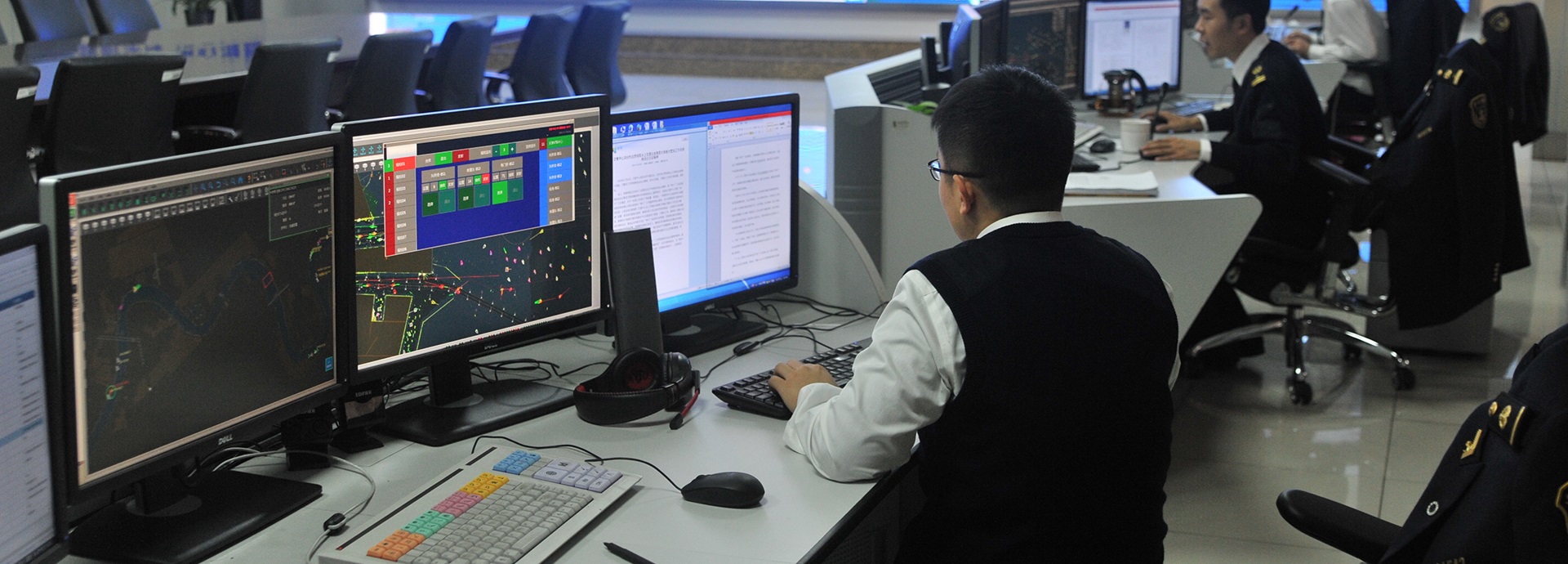

Smooth VTS upgrade for Chinese Port of Tianjin
The Port of Tianjin is the sea gate of Beijing and fourth among the largest ports in China. Its area covers more than 130 km² of land and more than 330 km² of sea. Located at the River Haihe, it is connecting over 600 ports in nearly 200 countries across the world. The goal is to provide seamless integration with the port’s existing IT infrastructure and to guarantee a smooth transition of VTS personnel to the new system without interrupting operations. There is also a need to ensure stable and reliable operation of the Wärtsilä radar processing technology in the high-density vessel traffic.
The Tianjin VTS upgrade and expansion project comprised two major parts
The first phase involved deployment of a new VTS subcenter including the associated infrastructure, to ensure VTS services over newly developed Dagang Area of the Port of Tianjin. The second phase implied the upgrade and expansion of the existing VTS infrastructure of the main VTS Control Center in the Tianjin MSA, as well as the integration of two VTS sub-centers located in Lingang and Dagang.

Product line and services:
- Tianjin Maritime Safety Organization VTS Center (12 VTS Operator Workstations & integrated 3D VTS);
- Dagang VTS sub-center (3 VTS Operator Workstations);
- Lingang VTS sub-center (3 VTS Operator Workstations);
- Tianjin MSA SAR Center (VTS Operator Workstation);
- 5 VTS Remote Terminals for Harbour Bureau & Pilot Office;
- VTS Simulator;
- 3 Navigational Bridge Simulators;
- 9 Radar Stations;
- VHF VTS communication sub-system;
- 3 advanced Radio Direction Finders;
- Integrated Port Management Information System;
- Integrated CCTV subsystem;
- Interface to the National AIS Network of China.
In order to assist VTS operators during low visibility conditions, Wärtsilä has implemented an integrated 3D VTS module with online 3D visualization. Apart from that, Wärtsilä has launched three methods to improve the port’s efficiency.
First, the method for regulating the freight traffic based on the dynamic tidal data.
Second, the VTS risk assessment management system was introduced. Operating in a real-time mode, it would provide the operator with structured graphical information.
Third, the Port Management Information System and vessel traffic data were integrated, making it possible to significantly optimise the port navigational plan and minimise the operational time of vessels.
In December 2015, Wärtsilä successfully passed the Provisional System Acceptance Tests (SAT) for the Tianjin port; the commissioning of the Tianjin’s VTS was completed in Dec 2016.
As a result, the total area covered by Wärtsilä VTS in Tianjin reached 460 square kilometres.
Wärtsilä also delivered 9 radar stations to the Tianjin port.
Wärtsilä huge contribution to the development of the Tianjin port Vessel Traffic System cannot be underestimated. The solution offered by the company was far beyond our expectations, allowing for a more organic development of the port in the future. The port traffic has become more organised; we also see a great reduction in the operators’ workload due to the smart decision-support tools. I would also like to highlight the exceptional professionalism and efficiency of the Wärtsilä team and their dedication to solving sophisticated engineering tasks, which they faced while working on this complex project.



